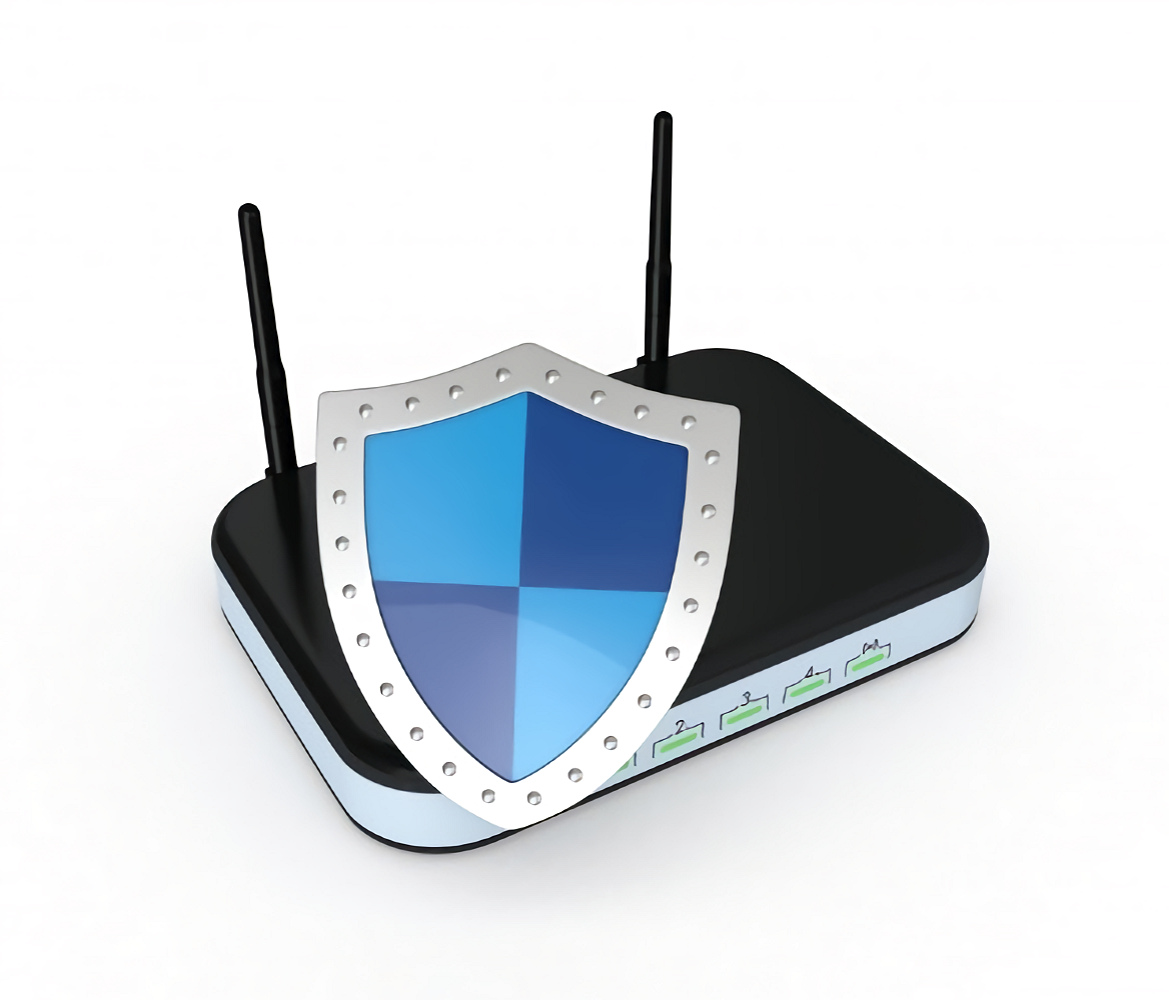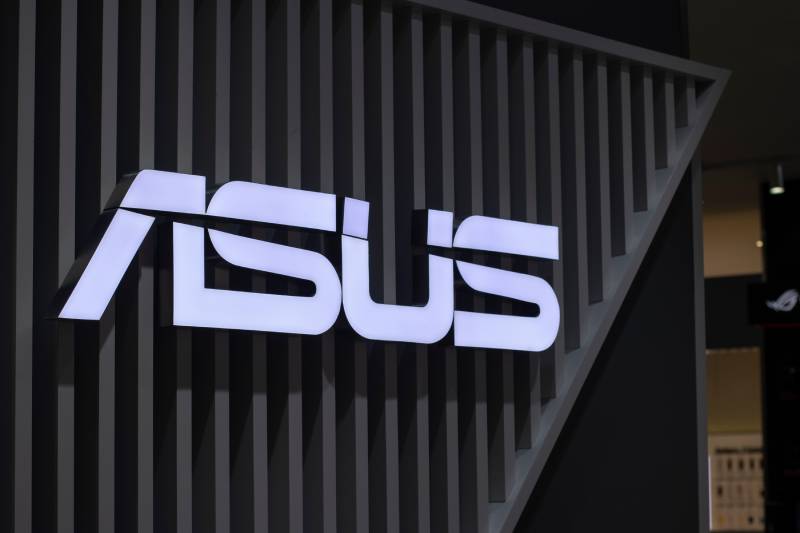XIII
Very Senior Member
Yet another one, or did we already know about this one?

 www.greynoise.io
www.greynoise.io

GreyNoise Discovers Stealthy Backdoor Campaign Affecting Thousands of ASUS Routers
GreyNoise uncovers a stealth campaign exploiting ASUS routers, enabling persistent backdoor access via CVE-2023-39780 and unpatched techniques. Learn how attackers evade detection, how GreyNoise discovered it with AI-powered tooling, and what defenders need to know.




